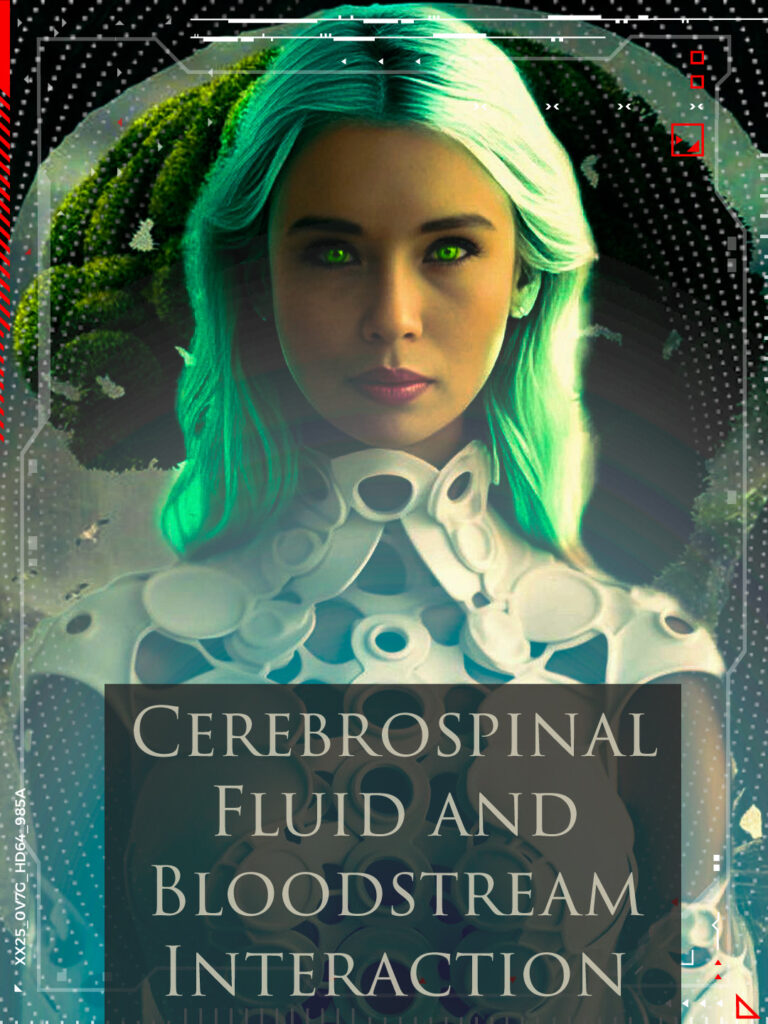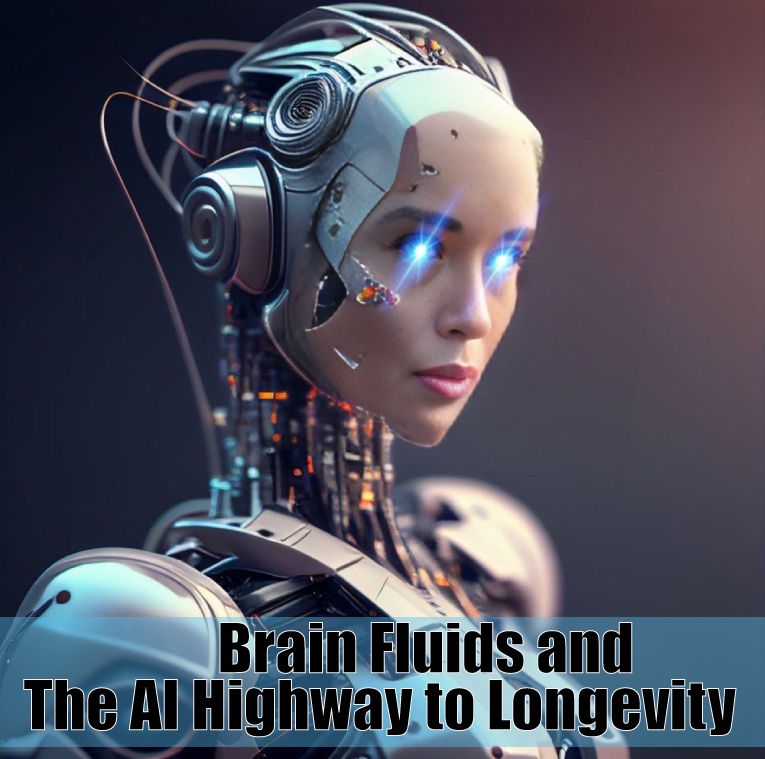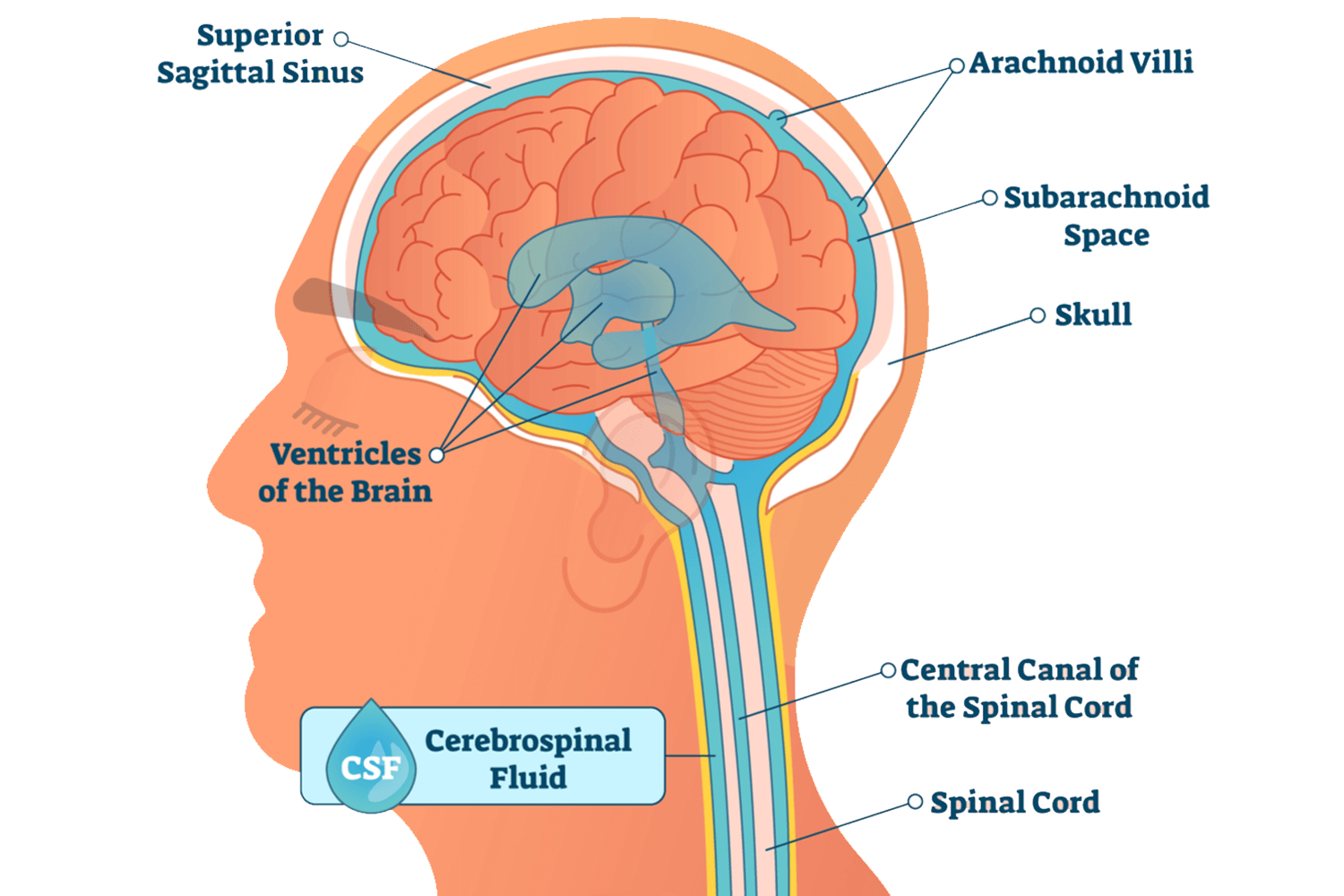In the dynamic tapestry of human anatomy, few components are as essential and enigmatic as the cerebrospinal fluid (CSF) that envelops the brain and spinal cord. Recently, a friend posed a question that set my scientific curiosity ablaze: He asked “Are there stages at which the CSF interacts with the bloodstream to facilitate the removal of impurities from the CSF?” This inquiry beckoned me into the intricate world of neurobiology, prompting a comprehensive exploration of the sophisticated interplay between the CSF and the bloodstream.

The Guardians of the Brain: Blood-Brain Barrier
Central to this exploration is the blood-brain barrier, a formidable defense system that safeguards the brain and spinal cord. Comprising specialized endothelial cells, tight junctions, and astrocytes, this barrier restricts the passage of many substances, shielding the delicate neural environment from potential harm. However, it also serves as a mediator, enabling controlled exchanges between the CSF and the bloodstream.
Choroid Plexus: The Architect of Exchange
Within this symphony of protection and exchange, the choroid plexus emerges as a key player. Nestled within the ventricles of the brain, this intricate structure is more than a mere producer of cerebrospinal fluid; it is a dynamic interface where the CSF and the bloodstream engage in a nuanced dance of substance exchange.
The choroid plexus acts as a gateway, regulating the flow of ions, proteins, and other molecules between the CSF and the bloodstream. Rich in blood vessels, it provides an environment where substances can move strategically, influencing the composition of both fluids. This orchestrated exchange is pivotal for maintaining the pristine nature of the CSF, ensuring it remains free from harmful impurities.
The Ballet of Exchange: Molecules in Motion
To truly grasp the depth of this interaction, one must envision a ballet of molecules. Essential substances, such as glucose and amino acids, traverse the choroid plexus, entering the CSF to nourish the neural tissue. Simultaneously, waste products and potentially harmful substances in the CSF find their way back to the bloodstream, destined for removal through the body’s excretory systems.
The Dance Continues: Maintaining Homeostasis
This continuous exchange is not a one-time affair but a dynamic process essential for maintaining homeostasis within the central nervous system. Disruptions in this delicate balance can have profound consequences, potentially leading to neurodegenerative conditions or other neurological disorders.
Beyond the Choroid Plexus: Additional Checkpoints
While the choroid plexus plays a significant role, it is not the sole actor in this intricate play. Other structures within the brain and spinal cord contribute to the regulation of CSF dynamics. Arachnoid granulations, for instance, serve as additional checkpoints, allowing CSF to drain into the bloodstream and maintain pressure equilibrium.
Clinical Implications: Insights for Neurological Disorders
Understanding the complexity of CSF and bloodstream interactions has far-reaching implications for clinical neurology. Researchers and medical professionals delve into these mechanisms to unravel the mysteries of neurological disorders. Disorders impacting the blood-brain barrier or hindering the exchange at the choroid plexus may contribute to the pathogenesis of conditions such as Alzheimer’s disease, multiple sclerosis, or hydrocephalus.
Conclusion: A Symphony of Protection and Maintenance
In conclusion, the question posed by my friend unraveled a captivating narrative within the intricate world of neurophysiology. The interaction between the cerebrospinal fluid and the bloodstream, orchestrated by the blood-brain barrier and enacted at crucial sites like the choroid plexus, exemplifies the brilliance of biological design. It highlights not only the complexity of our neurological systems but also the ingenious mechanisms that nature employs to safeguard the purity of the CSF and, consequently, the health and functionality of our most vital organ—the brain.






